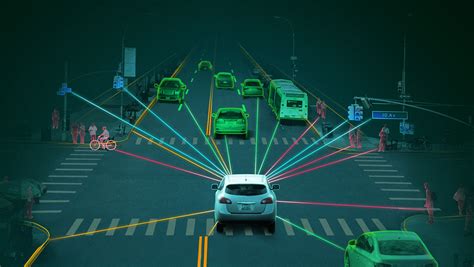In an era where technology increasingly intertwines with daily life, the automotive industry stands on the verge of a pivotal shift. U.S. regulatory bodies have rolled out new mandates requiring all new cars to be equipped with automatic emergency braking (AEB) systems by a set deadline. These systems are engineered to prevent collisions on roads, especially under speeds of 62 mph. While laudable in intention, this move has stirred a mixture of anticipation and skepticism among consumers and industry experts alike. The debate centers not only on the technological feasibility of such systems but also on their real-world applications and potential unintended consequences.
It’s intriguing to consider the technical details and implications of implementing such technology. The regulatory focus on the 62 mph speed threshold raises questions about its arbitrariness. This particular speed neatly frames a common range within U.S. speed limits—often between 55 mph and 65 mph—thereby encapsulating a significant portion of everyday driving scenarios. Yet, it also deliberately excludes higher freeway speeds, possibly due to concerns about the efficacy and safety of AEB systems at those velocities. Discussions suggest that at higher speeds, the risk of so-called ‘phantom braking’ events could escalate, potentially leading to more severe accidents rather than preventing them.
Critics point out that the effectiveness of AEB systems varies significantly across different vehicle models. For instance, a study highlighted by one of the consumers reported that among several small SUVs tested, only the Subaru Forester received a ‘Good’ rating for its AEB capabilities. This disparity raises concerns about the universal reliability of these systems and whether they can truly deliver on their promises of enhanced safety across all models and makes. Meanwhile, proponents of the technology like Subaru, which has integrated its EyeSight collision avoidance system into production vehicles since 2010, argue for its refined efficacy through years of development and real-world application.
Personal experiences with AEB systems often reflect a dichotomy between apprecia… and statistical safety increases. Some drivers recount scenarios where the AEB system successfully prevented potential collisions, affirming the technology’s utility. However, others testify to experiencing frequent false positives, where the system mistakenly identifies a hazard and suddenly brakes, causing confusion and sometimes danger on the road. These accounts highlight the delicate balance technological interventions must maintain between enhancing safety and maintaining seamless driving dynamics.
Amidst these technical and experiential debates, broader cultural and regulatory discussions also emerge. Some commentators advocate for more drastic measures to enhance road safety, such as reducing overall vehicle speeds or implementing more stringent vehicle design and size regulations. These suggestions often clash with entrenched consumer preferences for larger, more robust vehicles and the realities of American driving habits and infrastructure, which are tailored to accommodate higher-speed travel and larger vehicles.
The intersection of policy, safety, and technology paints a complex picture. As the deadline for integrating AEB systems approaches, car manufacturers and regulatory bodies will need to navigate a thicket of technical challenges, public skepticism, and the overarching goal of reducing road accidents. This requires a careful balance of advancing technology, adjusting public expectations, and realistically assessing the impacts of these systems in diverse driving conditions and scenarios.
Looking to the future, the evolution of vehicle safety systems such as AEB is likely to continue, driven by advancements in technology and shifts in public safety priorities. The potential for these systems to significantly enhance road safety is immense, offering a glimpse into a future where technology and regulation work hand in hand to protect lives. Yet, as this future unfolds, continuous monitoring, feedback, and refinement will be crucial to ensure that these technologies meet their safety promises without introducing new risks on the road.


Leave a Reply